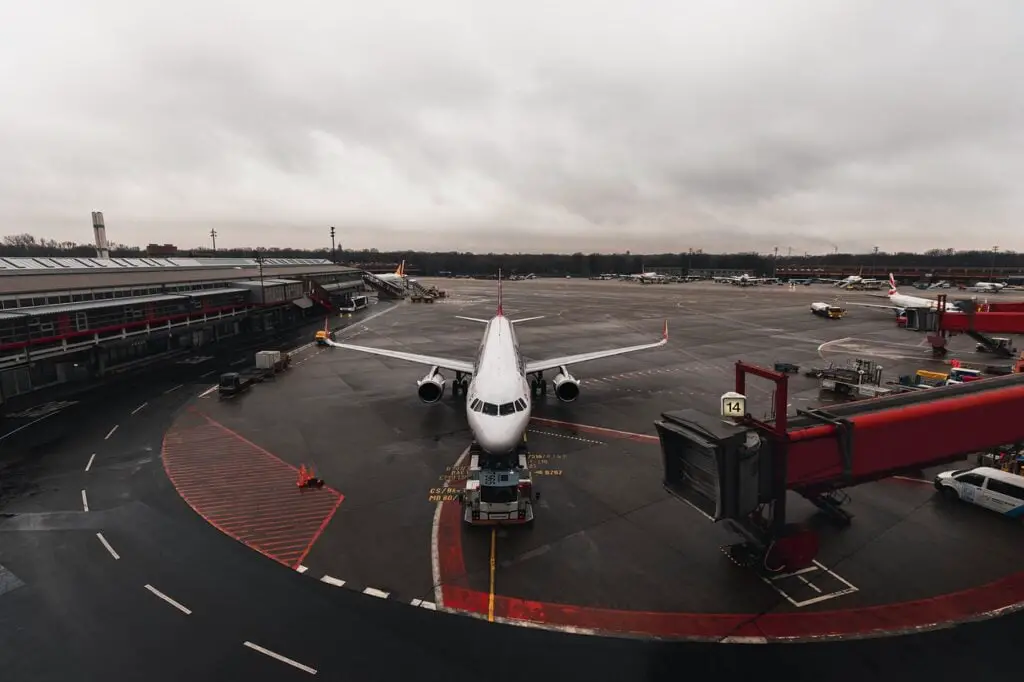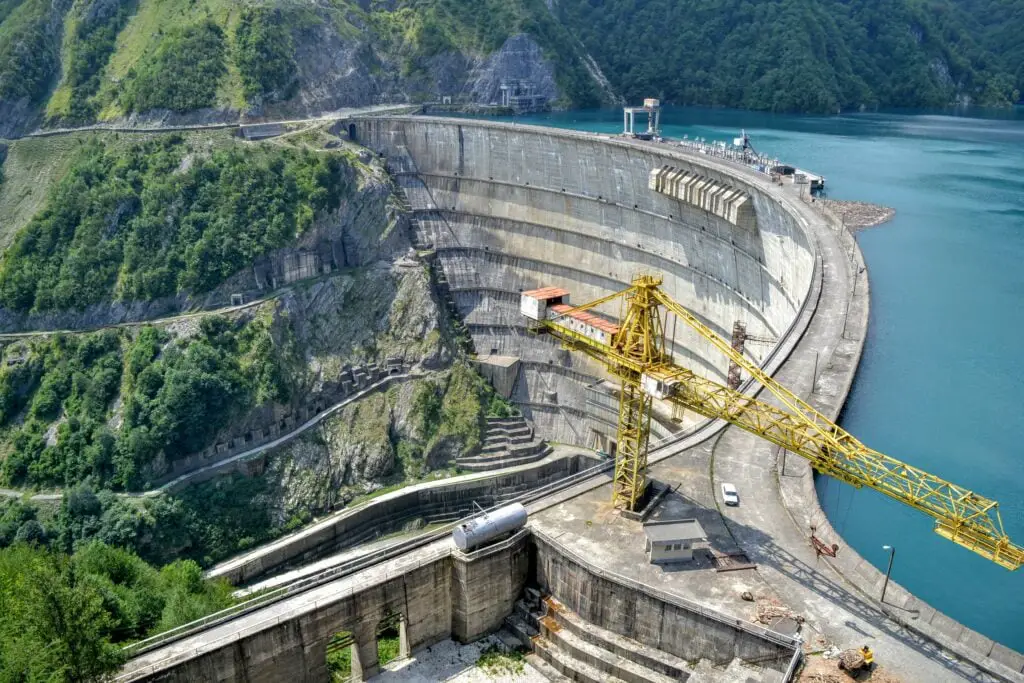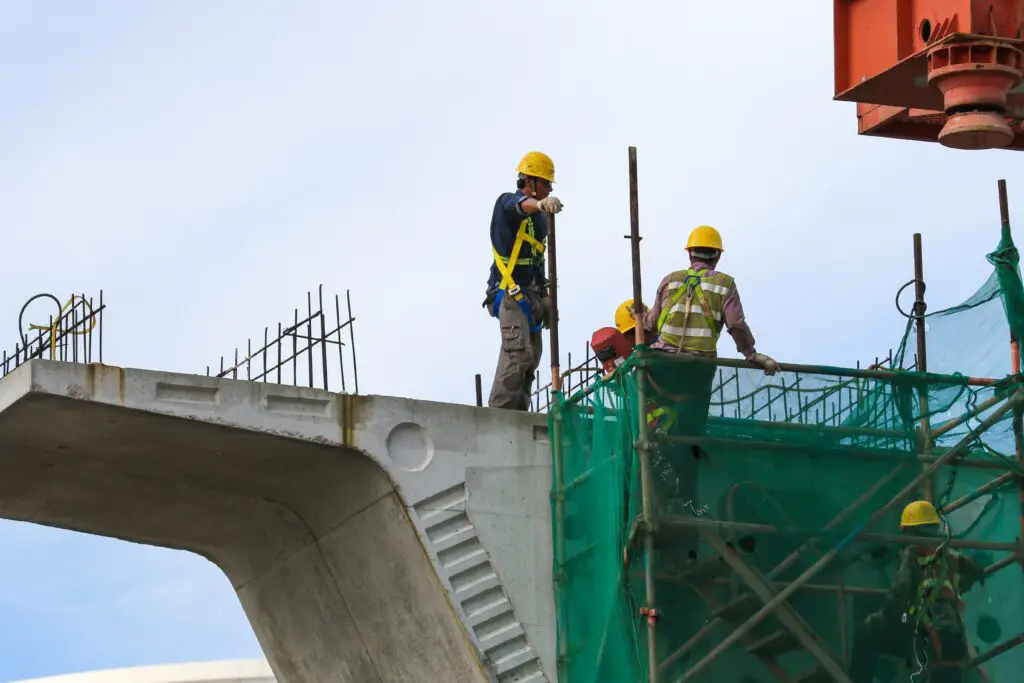During the Great Depression, the Public Works Administration (PWA) was one of President Franklin D. Roosevelt’s New Deal programs. It was created to put Americans back to work by providing them with jobs in the construction industry. The PWA also built or improved public works projects such as roads, bridges, parks, airports, etc. We will explore the purpose of the PWA.
What was the Public Works Administration and what was its purpose?

What is the PWA (Public Works Administration)?
The Public Works Administration (PWA) was an American New Deal agency in the 1930s that invested in public works projects like infrastructure and construction. It was created by President Franklin D. Roosevelt in 1933 as part of his New Deal program to put people to work during the Great Depression.
The New Deal comprises of reforms (especially in the financial sector) and regulations, public work programs and projects that were setup with the aim of reviving the economy of the United States following the great depression.
Over its existence, the PWA funded the construction of more than 34,000 projects, including highways, bridges, hospitals, schools, and housing developments. The PWA was abolished in 1939 after Congress failed to renew its funding.

What was the main goal of the public works administration?
The purpose of the Public Works Administration was to provide employment opportunities for the unemployed during the Great Depression and to build much-needed infrastructure in the United States. The PWA was one of several New Deal programs implemented by President Franklin D. Roosevelt to help Americans cope with the severe economic hardships of the 1930s.
During its existence from 1933 to 1939, the PWA funded the construction of more than 34,000 projects, including highways, bridges, parks, public housing developments, and airports. These projects provided jobs for more than 3 million Americans and helped improve the quality of life in communities across the country.
Related: Structural Unemployment
Public Works Administration Purpose
The purpose of the Public Works Administration was to stimulate the economy by creating jobs during the Great Depression. It succeeded in building roads, bridges, airports, and other public works projects.

Was the purpose of public works administration successful?
The goal of the PWA was to stimulate the economy by creating jobs and repairing infrastructure. The public works administration was successful in creating jobs and repairing infrastructure. In its first year, the PWA built or improved over 34,000 bridges, buildings, and homes. The PWA also built or improved many schools and hospitals.
While the PWA was successful in its goals, it was also criticized for wastefulness and corruption. Some projects that were completed were not needed or used, and cost overruns were common. Despite these criticisms, the PWA was an important part of the New Deal and helped stimulate the economy during the Great Depression.
What was the purpose of setting up the Public Works Administration and the Works Progress Administration?
The Works Progress Administration (WPA) was another New Deal agency that put people to work on public projects just like the PWA. The difference between the public works administration and the Works Progress Administration is that the WPA focuses on smaller projects within a locality and employs unskilled labor (who were employed by the local government) whereas the PWA focuses on larger projects and was contracted to private companies that decide who to employ.
The Works Progress was responsible for constructing or repairing local roads, bridges, and public buildings; planting trees, and developing parks and playgrounds. It also ran programs that employed artists, writers, and musicians.
What did the public works administration do?
The public works administration stimulated the economy during the great depression by creating jobs and improving or building infrastructures such as roads, bridges, playgrounds, Dams, etc across the United States. While the PWA is no longer in operation, its legacy lives on in the many public works projects it helped to create.
Conclusion
The main goal of the public works program was to create jobs while improving infrastructure. The agency put people to work on projects such as roads, bridges, dams, and public buildings. One of the most well-known PWA projects is the Hoover Dam.
Although the PWA was discontinued in 1939, it left a lasting legacy. Many of the roads and bridges built by the PWA are still in use today.
The WPA of the New Deal also provided training and employment for artists, writers, and musicians. It was segmented into different forms that targeted a specific group of people such as Youths, Women, and the Elderly.
Last Updated on November 4, 2023 by Nansel Nanzip BongdapNansel is a serial entrepreneur and financial expert with 7+ years as a business analyst. He has a liking for marketing which he regards as an important part of business success.
He lives in Plateau State, Nigeria with his wife, Joyce, and daughter, Anael.
